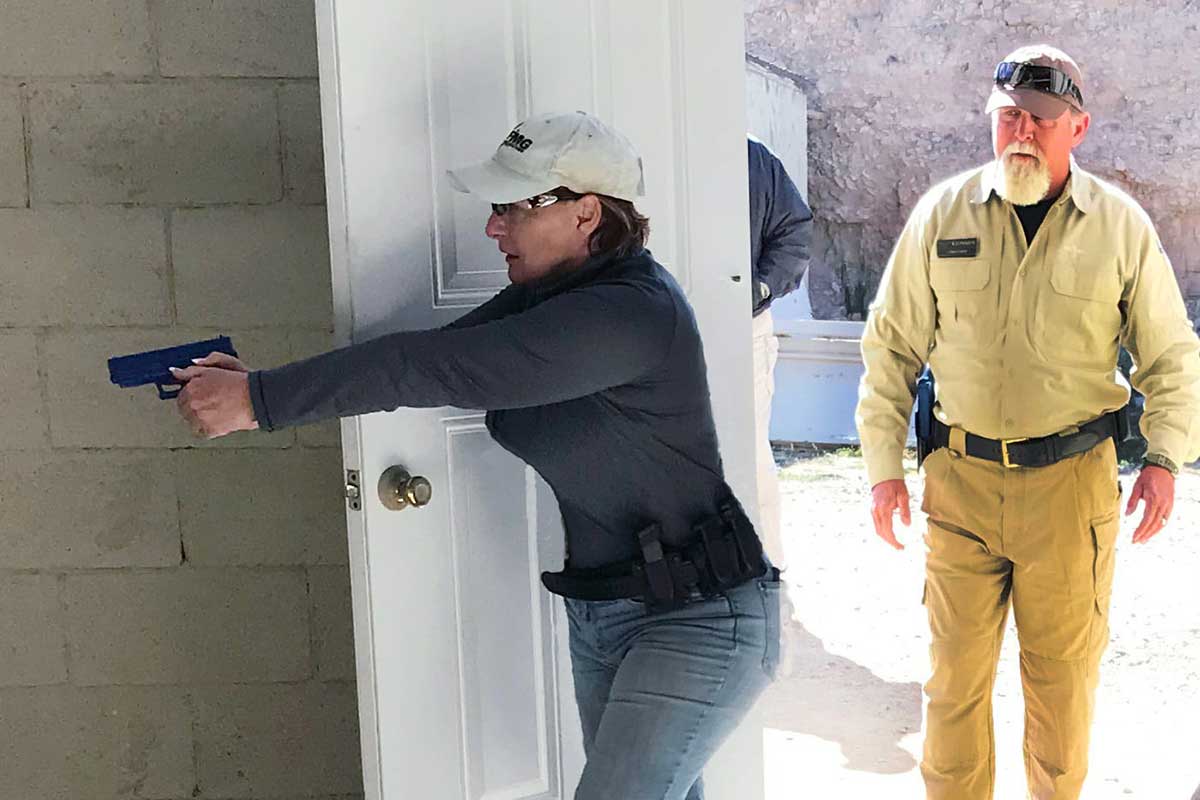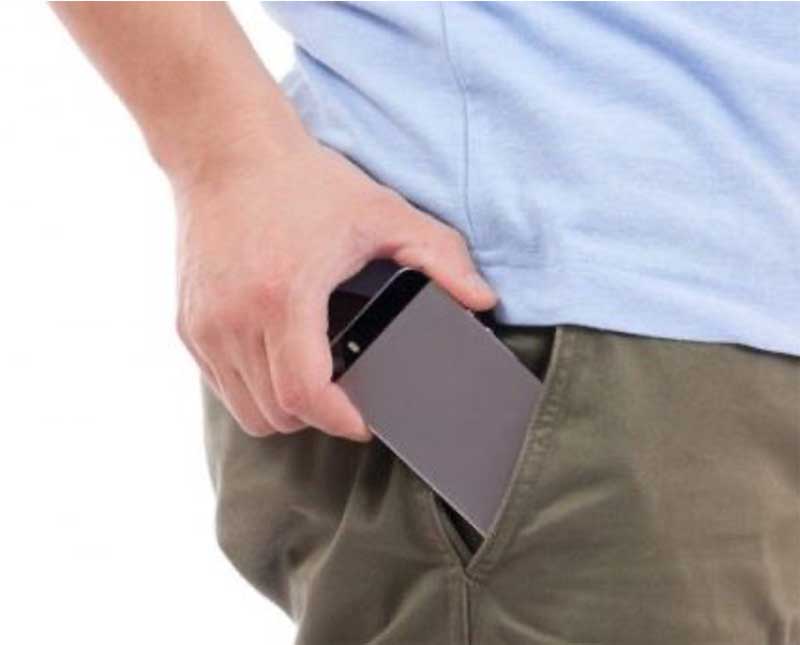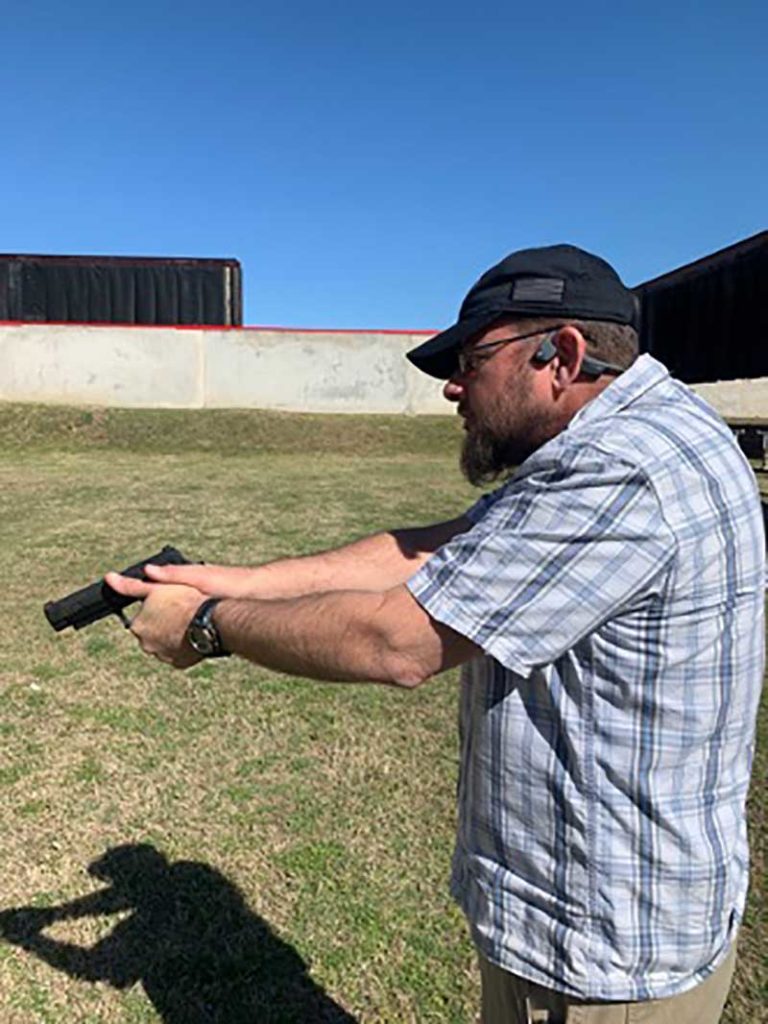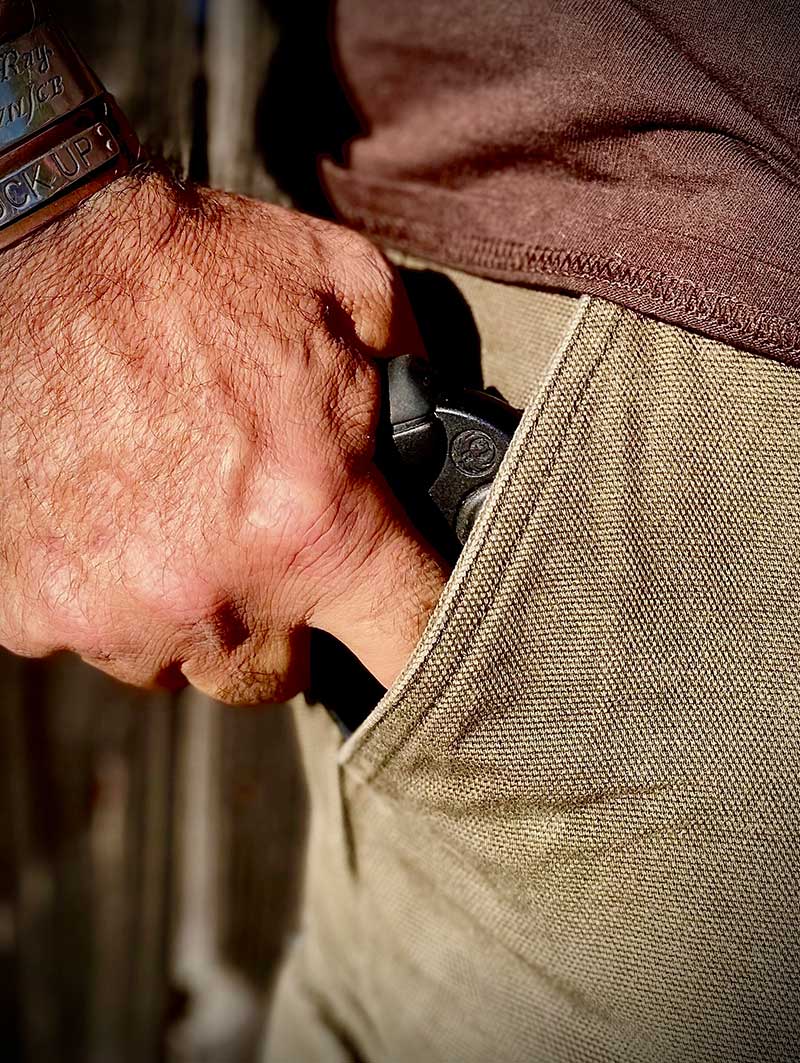
AC050322-sg278679749-800
I’m Erick, and I’m a bit of a nerd when it comes to research on use of force issues.
One of the presentations I gave at this year’s Rangemaster Tactical Conference, formerly the old Polite Society conference, was on ready positions. The study I referred to in the article on flashlight techniques prompted it but that was only of the five I reviewed for the talk.
Another one that I reviewed was Paul Taylor’s “Engineering Resilience” into Split-Second Shoot/No-Shoot Decisions: The effect of muzzle positions. Taylor is on the School of Public Affairs faculty at the University of Colorado Denver.
Before I go further, the study only looked at three ready positions; they did not consider a compressed high-ready, nor did they consider anything similar to Dave Spaulding’s Arc of Ready. Even their Low Ready was higher than is taught at Gunsite and other Modern Technique training programs.
The three positions were:

Here, the shooter is pointed in on the target, looking through their sights. How much assessing of the situation can he do?
Muzzle pointed in on the top of the suspect’s chest with the officer looking through the sights;

The muzzle is slight depressed, but the shooter is looking over his sights. Can he see and process more?
Muzzle depressed to the bottom of the officer’s sternum while they looked over the sights;
Lastly, with the muzzle depressed as low as the officer’s navel.
Taylor and staff reached out to various law enforcement agencies about perception-driven or mistake-of-fact shootings while doing their research. The report gave information from three of them. Los Angeles Sheriff’s Department shared that, over several years, they have had between five and fifteen cell phone driven shootings a year. The Los Angeles Police Department had 211 “perception-only” shootings between 2013 and 2017. Finally, Philadelphia’s Police Department acknowledged that about 10% of their shootings were “mistakes of fact.”
Going into the scenario phases of the research, Taylor’s team had three hypotheses. 1s, the muzzle position used would not drive mistake of fact shootings. 2nd, the lower the muzzle position, the less likely officers would be to have mistake of fact errors. 3rd, the lower the muzzle position, the slower the officers would be in responding to a deadly force threat.
The scenario testing involved subjects turning towards the officers with either a handgun in their hand or a wallet.

What is really in the person’s hands? Are you getting enough information to make a solid Don’t Shoot/Shoot decision? Is it a cell phone or a firearm?
Over 300 officers were involved in the scenario testing. The vast majority were street cops, with just under seventy coming from administration, investigations, or tactical teams.
Every suspect who turned with a handgun in their hand was shot. But what about those who turned with a cell phone? How did that turn out?
For the officers who had a sight picture, 64% of them shot the role players with cell phones and did it within 0.51 seconds, while 36% did not fire.
With the muzzle lowered as far as the bottom of the sternum, 57% shot while 43% did not. Those shots were fired in 0.55 seconds or less.
And with a closer to traditional low ready? Only 30% of the officers encountering this fired, while 70% did not. Of the shots fired, they happened in 0.62 seconds.

This Gunsite student’s muzzle is depressed, and the trigger finger is up at the intersection of the frame and slide. They’re getting enough visual information to process and make decisions.
What can be taken away from this for both training and on the street, the road?
Lower ready positions give you better incoming information on which to base your decisions. That information leads to better decisions.
That alone addresses the first two hypotheses, whether ready positions matter and the lower the muzzle, the better the decisions.
The third hypothesis was that it would take officers longer to shoot from a lower ready position. Yes, as the muzzle lowered, the time to fire increased from 0.51 seconds to 0.55 and then to 0.62 seconds. We don’t know because the researchers could not accurately measure how long the officers who did not shoot took to make that decision.
I’d offer that more than a 0.06 to 0.11-second difference in shooting times isn’t bad. It is worth it to me to be right.
Over time, I’ll go through the other studies and the concept of engineering resilience. Especially in the current environment, it can only help us to consider the solid research and science that can help us with training and policy decisions.
Reference: “Engineering Resilience” into Split-Second Shoot/No Shoot Decisions: The effect of muzzle position. Taylor, Paul L., Police Quarterly 0(0) 1-20, 2020;
















